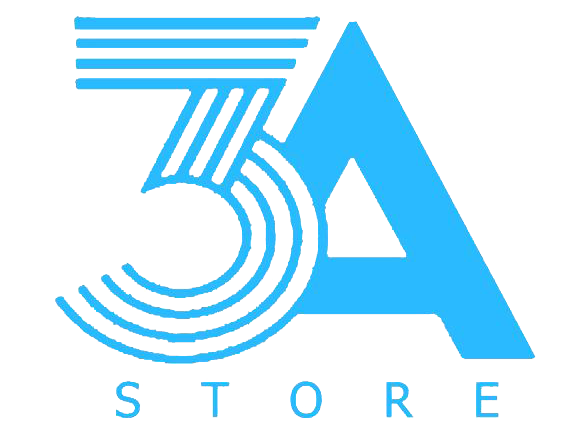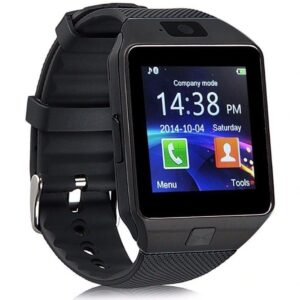A virtual dataroom lets https://boardmeetingdirect.com/business-triumph-virtual-data-rooms-redefining-boardroom-dynamics/ users to access documents from any location they have internet access. Dealmakers don’t have to sit in a physical location looking over stacks and stacks of documents. They can instead access the documents remotely. This reduces the costs of due diligence and increases the speed of the process.
M&A due diligence is one of the most popular use cases for VDRs. VDRs are ideal to share documents between the buy-side as well as the sell-side of these transactions.
Investment bankers are a different group of users of VDRs. They assist their clients in IPOs capital raises, IPOs, and M&A transactions that typically require a significant amount of document sharing. They must also be concerned with protecting confidential information while allowing clients access to documents.
Virtual data rooms are popular with life science companies. They usually collaborate together with accountants, consultants and lawyers to create and store their sensitive documents. These parties need to be capable of accessing the information without compromising privacy or creating an issue.
A modern VDR has permissions that are granular and allow the administrator to control exactly who is allowed access to which folder and documents in the data room. They can also limit access by the number of times a document is examined, and restrict access by time or IP address, to prevent hackers from gaining access to the data. Other security features include customizable watersmarks, encryption both at rest and in transit and remote shredding.





